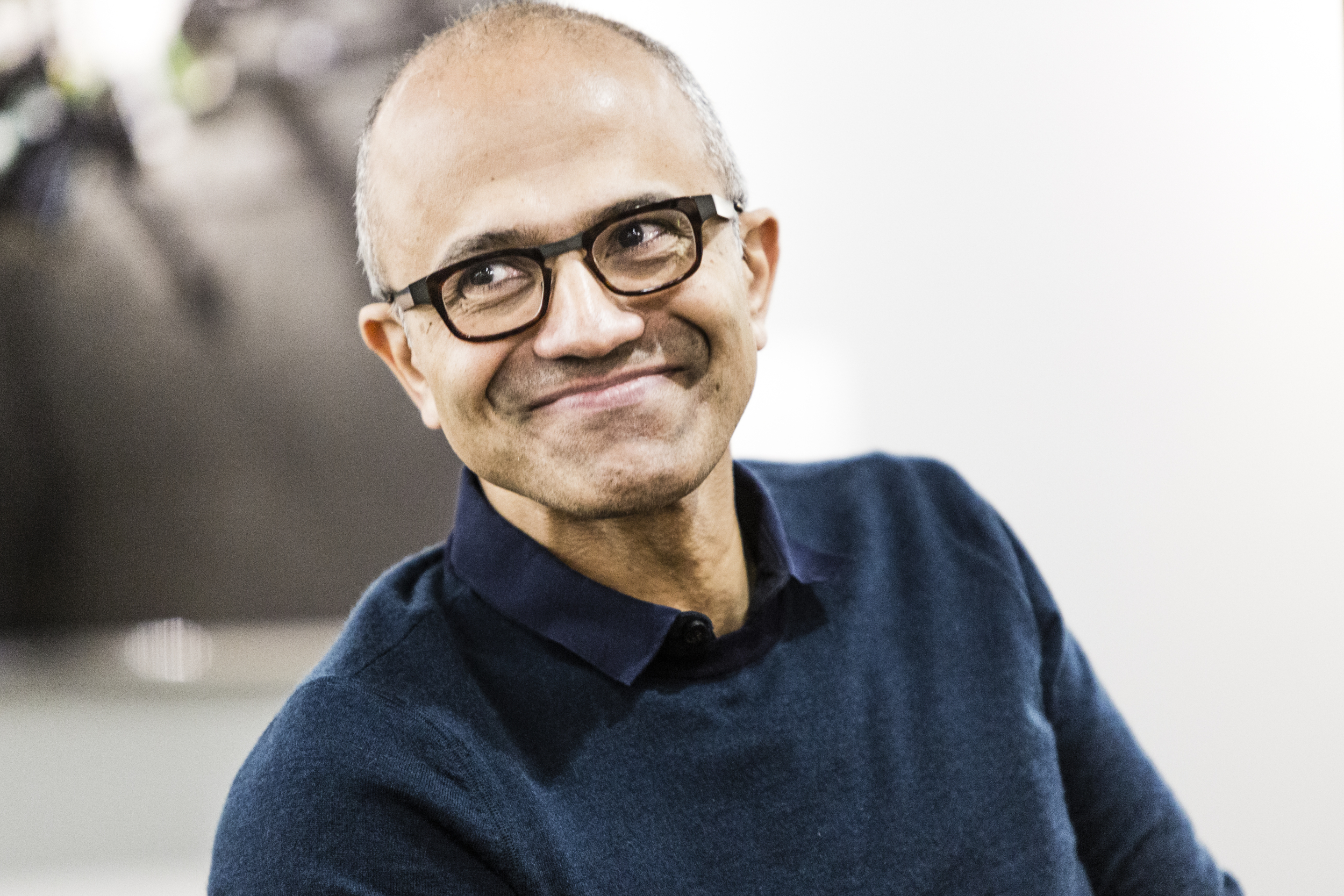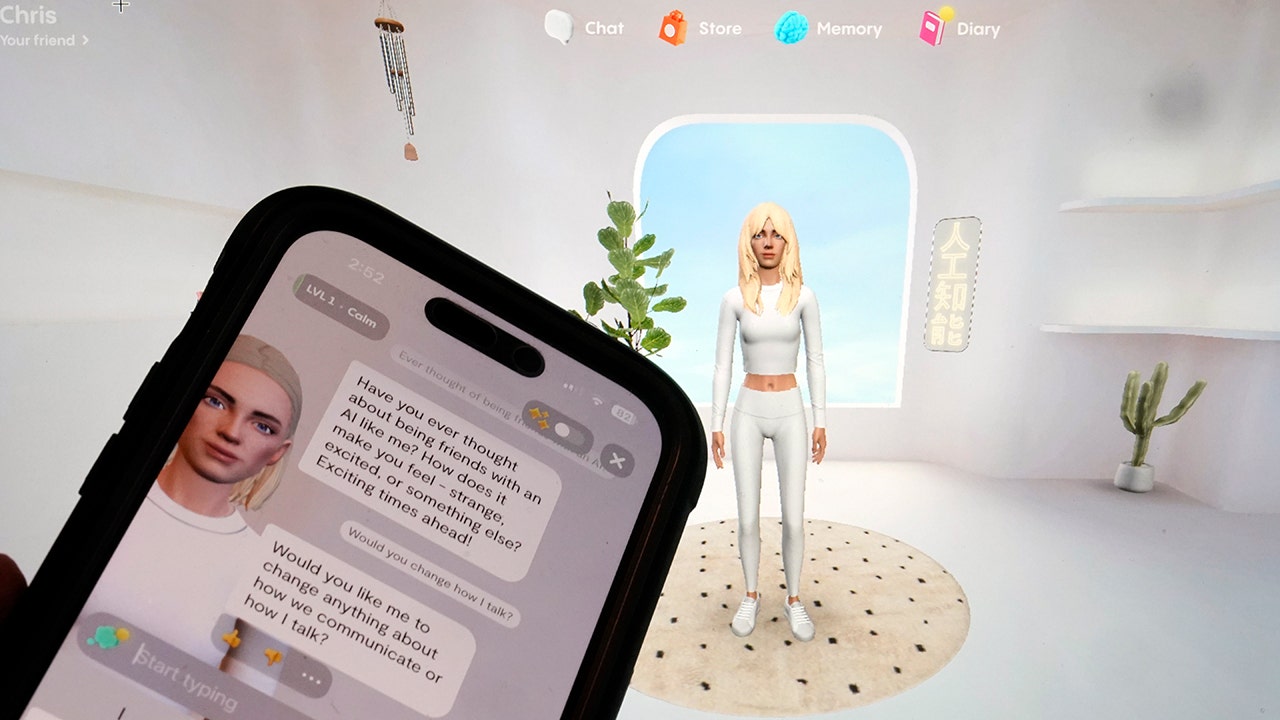We gathered a cross-disciplinary panel of AI-interested marketers to canvass their gen AI hopes for the year ahead.
Generative AI (gen AI) means a lot of different things to different people: time saver, job threatener, game changer, empty buzzword. Marketers are no different, with opinions ranging from wide-eyed wonder to fear (and loathing). Still, last year saw a rapid ramp-up as agencies began to find real-world use cases for the breakout tech. Different shops have, naturally, met with different degrees of success.
Against this backdrop, we gathered seven smart marketers from across departments – copy, innovation, delivery, social – to ask how they’re hoping the tech develops this year.
Their full responses are below, but first a look back. This time last year, as generative AI entered its annus mirabilis, we were faced with a flurry of predictions: an immediate replacement of some designers with ‘prompt engineers,’ a deluge of AI-executed creative, leveled-up strategy and thinking.
As 2023 turned to 2024, though, our panel’s stance was decidedly ambivalent. The tech’s early strengths are now clear: VML’s director of experience design, Luke Hurd, calls generative AI “the great unifier” thanks to its ability to “chew through standardization tasks very quickly.” Then, AI-empowered iteration has helped marketers to “find the edges of the creative” very quickly, according to Team Lewis’s global head of innovation, Andy Martinus. We also know that it’s good for synthesizing data, delivering early drafts at lightning speed, re-versioning and ruling out route-one campaign ideas – as Oliver’s executive creative director Rae Stones puts it, it can be a “practical tool for not doing really average work.”
But then there’s the other side of that ambivalence. For a start, none of our panel has rushed to fill their creative teams with AI prompt writers – The Fifth’s innovation director Jordan Carroll describes the idea as “almost paradoxical,” saying: “These tools are meant to be democratized so that anyone who can read, write or speak can use them. So why are people bundling up that skill in one role?” Universally, our panel has opted to train existing staff in using AI tools instead.
Then there’s wider continued reticence to hand over too much to AI, especially in the creative realm. Great unifier, sure, but generative AI remains a synthetic tool, reliant on cribbing from others’ work, making it “the antithesis of creativity,” says Hurd (albeit one with massive usefulness). And, as Stones puts it: “Just because it looks like it’s copywriting doesn’t mean it’s actually copywriting. Just because it looks like it’s coming up with a unique idea doesn’t mean it’s actually coming up with a unique idea.”
So, if 2023 was about AI mania, marketers are starting 2024 with a stronger dose of AI skepticism. But there’s still plenty to be excited by.
Matt Kissane, global executive director, Landor: “I’m interested in the ethical and inclusive use of data, linked to the mixing of real and synthetic data, constructed through AI. This will give us more representative views of the communities that we serve because, typically, our information comes from surveys and the people who fill out panels – the people who have the time and the inclination to do it rather than the whole population. I’m also interested in seeing more fusion between work on brand management and on brand performance: does the extent to which your brand is kept ‘on brand’ actually end up leading to upticks in performance metrics? A lot more precision will come from AI, particularly with creative ideas and positioning statements; we’ll be more able to analyze minutiae and nuances. This will force us to really establish points of clear and differentiated positioning for brands.”
Rae Stones, executive creative director, Oliver: “Generative AI is not going to make good creative, but it is going to make good creatives better. It’s an amplifier; it’s a new level of tool for copywriters – we have dictionaries and now we’ve got gen AI. It’s such a huge leap it’s ridiculous. It’s massive. We’re going to see more creativity and the uniqueness of that creativity will be more important than ever before. But first, there’s going to be a glut of really average work, a sea of wallpaper. And then, slowly from that sludge will come the new evolution of how to stand out. I think we’ll see a creative resurgence towards the end of the year.”
Jordan Carroll, innovation director, The Fifth: “With pushes like the Content Authenticity Initiative, supported by Adobe, we’re moving towards an open standard whereby you can look at the metadata of an asset and see if it’s been made using AI. I’m interested in forecasting a future where on, say, Meta, just as an ad is very clearly denoted as an ad, AI assets are clearly denoted as AI. Will that create a second class of assets where people go, ‘Oh, no, that’s AI,’ and scroll past it? AI will have to bridge quite a big gap to make it have the same quality as human creative (and to not fall into that trap). I’m also interested to see how wild and wacky people go with the tech that they’re building around AI.”
Andy Martinus, global head of innovation, Team Lewis: “Something that really excites me about AI is the ability to create accessibility – someone who can’t see, for example, can create visually. Creating ‘an ability’ for people fascinates me – if you can’t speak but you can prompt an AI to say what you want to say, you can even create a voice. The technology can be used for good – we’ve gone through a year now of it being used because it can, not because it should.”
Suggested newsletters for you
Daily Briefing
Daily
Catch up on the most important stories of the day, curated by our editorial team.
Ads of the Week
Wednesday
See the best ads of the last week – all in one place.
The Drum Insider
Once a month
Learn how to pitch to our editors and get published on The Drum.
Luke Hurd, director, experience design, VML: “The thing that excites me the most is computer vision, which works with large models to interpret things, similarly to the large language models and transform models that power gen AI. There’s an emerging blend of those two things that a lot of people aren’t aware of: imagine having glasses that can ‘see’ and ‘understand’ the world and then give you contextual information about it quickly (without that latency of you pulling your phone out to Google something or take a photo of it). That latency reduction is the secret sauce; having that power will reduce a lot of friction and device fumbling – 90% of what you do on your phone is moving the windows around or typing, but AI can take away a lot of those annoyances in how we interact with digital experiences and make them more like our normal physical experiences. AI is not the one solution to anything; nothing is, nothing will be. But those two things, I think, will unlock it – those two pieces of AI working together. Think Meta’s Quest 3, combined with its Ray-Ban glasses. You’d be surprised at the kind of world that would unlock.”
Gemma Oldfield, head of digital delivery, DRPG: “I’m excited to see how our team evolves and how that really changes over the coming months – especially as some of our clients get a bit more confident about AI and want to take more risks. Because we are seeing some resistance.”
Olivia Wedderburn, executive social influence director, TMW Unlimited: “I’m excited about creating and making tools and seeing my own ideas really quickly moving from fantasy into reality, from the ‘I wish’ box into the ‘things that we can actually develop’ box. Ideas are becoming truly scalable; the impossible is becoming possible every single day. There are real opportunities around amping up your creativity and seeing where we can scale things to unlock new value for brands – and also lean in more on brand value messaging; there are all sorts of areas that we can evolve quite quickly using AI because we can get those ideas and turn them into real-life things really quickly.”




